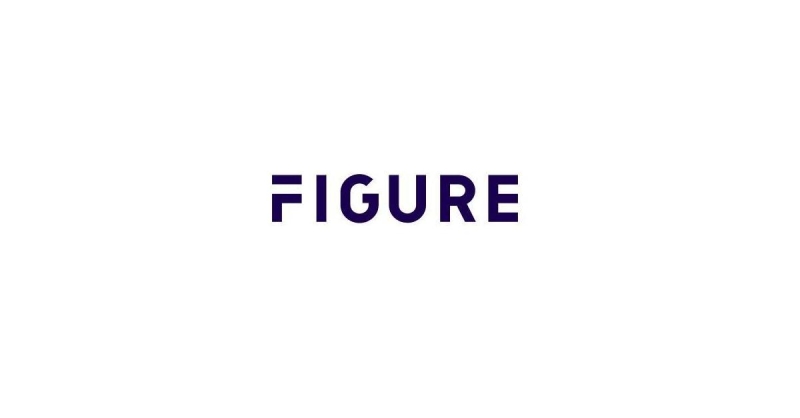Advertisement
PriceMyLoan announces integration with Freddie Mac's Loan Prospector
Valuing properties for the non-conforming loanCharlie W. Elliott Jr., MAI, SRAappraisals, non-conforming, sub-prime meltdown, GSEs, FHA, Uniform Standards of Professional Appraisal Practice, Elliott and Company Appraisers
An appraisal is an appraisal, regardless of the property type or
type loan to be made on the property, right? Does the
non-conforming loan not speak to the loan, as opposed to the
appraisal or the property?
There very well may be confusion on some of the above, because
we do have a somewhat complex system as it relates to whether or
not a loan is conforming. The first question may be: "Conforming to
what or who?" Typically, in today's lending environment, the term
"conforming" applies to that of the government-sponsored
enterprises (GSEs).
We have two primary GSEs in the United States: The Federal
National Mortgage Association (Fannie Mae) and Federal Home Loan
Mortgage Corporation (Freddie Mac). While there may be some
differing opinions, depending upon who you may be talking to, these
are the two organizations that set the tone for the residential
mortgage market in the United States by buying packages of loans
from mortgage companies and banks. This provides liquidity for the
banks to make a lot more loans when their capital has been
exhausted. The GSEs do have standards under which they are expected
to operate. These regulations may exclude certain borrowers or
properties from the loan process because they fall outside the
conforming loan category and into that of the non-conforming loan
category.
Generally, in our lending community, when the term
"non-conforming" is used, it is used within the context of meeting
the underwriting guidelines of the GSEs. A variety of conditions
may apply that rule out a potential loan as a conforming loan,
including borrower credit, borrower employment, downpayment, amount
of the loan or state of the property used for collateral.
One of the main conforming loan criteria, of which much is
heard, is that of maximum loan amount. Recently, Congress and the
Bush administration increased the maximum loan amount under the
Economic Stimulus Package to $729,750 in some markets. This is a
huge increase over that of 2007, which was $417,000. Historically,
this amount has been much lower in many markets. Loans above the
GSE maximum threshold are said to be jumbo loans. This
non-conforming product has been made available by some banks and by
Wall Street investors to fill a void of generally high-quality
loans not covered by the GSEs.
The sub-prime meltdown has caused many of the alternative,
secondary-market buyers of loans on Wall Street to dry up, leaving
many borrowers with few choices. One popular alternative has been
the Federal Housing Administration (FHA) loan, which has basically
been the government-sponsored sub-prime loan alternative. This loan
typically caters to the lower-end buyer and is currently one of the
more popular non-conforming loans. For purposes of this article, we
will focus on the non-conforming aspects of the property and/or the
appraisal that reflects the state of the property. This may include
the appraised value, location, design and condition, as they relate
to a qualifying conforming loan.
As a principal in an appraisal management company, one routinely
involved in appraisal problem solving, I often hear from lenders
who have received appraisals that do not support the loan amounts
applied for by the borrower. In cases like this, the lenders most
often say that there is something wrong with the appraisal. While
there have been times when this is true, all too often, rather than
something being wrong with the appraisal, there is something wrong
with the property. An example of this would be a circumstance where
a property has significant amounts of deferred physical
maintenance, or where it has major functional obsolescence. In
cases of deferred maintenance, examples may include a roof that has
outlived its useful life, a wet basement requiring major repairs,
or a complete paint or floor-covering job. Functional obsolesce may
exist when it is necessary for one to pass through a bedroom to
reach a bathroom or where there are too few bedrooms, such as one
or two in an otherwise large home. In these cases, it is necessary
for the appraiser to disclose these conditions in the appraisal,
which may disqualify the property as a candidate for a conforming
loan.
Government regulations require, at a minimum, that loans on all
federally-related transactions, with a transaction value of
$250,000 or more, have an appraisal prepared by a state-certified
real estate appraiser. Appraisers are further required to conform
to Uniform Standards of Professional Appraisal Practice (USPAP).
Fannie Mae and Freddie Mac also require appraisals on many
transactions below the $250,000 threshold on loans that they
purchase, depending upon various factors, such as credit worthiness
and downpayments. This would be considered the conforming market,
as opposed to the non-conforming. Automated valuations and tax
assessors' records are generally accepted evaluation methods in the
conforming market under certain conditions. This is usually on
low-risk transactions where the collateral is considered to be a
secondary issue.
In general, the standards applied to a conforming loan, relating
to an appraisal of the property, require that it demonstrate that
the property conforms to the market. This means that the property
is one that will be in demand and able to be sold in the event that
it becomes necessary to foreclose upon the property, an event we
have lately been experiencing more often than we would like to.
Explained another way, properties having qualities in which the
mainstream buyer may have a problem with, many times, do not
qualify for a non-conforming loan. It may mean that the property
contains deficiencies, but not always. Some properties are superior
to the mainstream and these, many times, are ruled out as a
candidate as collateral for a conforming loan. An example of this
would be a 10,000-sq.-ft. log cabin on 40 acres of land located in
the mountains. This property, on the surface, may sound like the
perfect retreat and an excellent property upon which to make a
loan. That may be true, but it may also not be non-conforming when
put under the microscope of Fannie and Freddie. If it is far
superior to other properties in the neighborhood, it may be what is
called in appraisal terminology "super adequate." Yes, it may be a
property that will have a very narrow appeal to only a few people;
therefore, its marketability may suffer from the lack of qualified
buyers. Also, this type of property, depending upon the
loan-to-value ratio, may qualify as collateral for a jumbo loan. In
this case, there would not necessarily be anything wrong with the
property; however, it may exceed the loan limit for the geographic
area by the GSEs, and may require funding elsewhere as
non-conforming.
In conclusion, the conforming loan is just that, one that
conforms to the general market guidelines. This means that the
transaction must be a fairly typical transaction that equates to
one of low risk. Loans that fall out of the mainstream are
accompanied many times with increased risk. That is what conforming
is aboutreducing risk. Not only must the transaction qualify as low
risk from the standpoint of the qualifications of the borrower, but
the property must also qualify as low risk collateral for the
particular transaction.
Many properties are found to be non-conforming by the GSEs
because of the risk factor that they represent in their portfolio.
Sometimes, this risk is manifested in defects in a property, which
are reflected in an appraisal. A non-conforming property is not
always to be considered a defective one. It may be a super-adequate
one. In such cases, it does not mean that the borrower cannot
qualify for a loan. It just means that a non-conforming source must
be found. This source may be a local bank willing to carry it in
its own portfolio. Other sources may be special funding through
investors willing to invest in less-than-typical loans.
The non-conforming loan may be associated with a negative view,
in that it will be a poor investment; however, this is not always
the case. It may be a very positive thing for the right investor,
particularly if the investor is able to charge a premium to offset
the additional risk associated with the transaction.
Charlie W. Elliott Jr., MAI, SRA is president of Elliott and Company Appraisers, an
international real estate appraisal, evaluation, research,
consultation and representation company. He can be reached at (800)
854-5889, by e-mail at [email protected], or
online at www.appraisalsanywhere.com.
About the author




